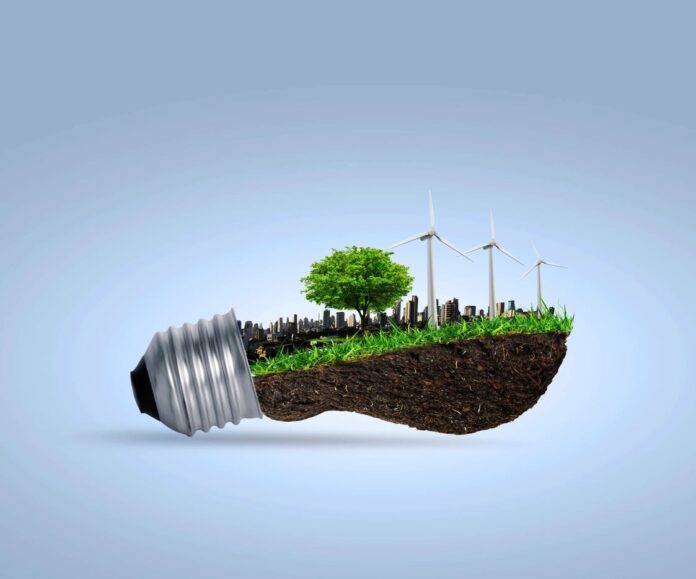The global demand for lithium, a key component in rechargeable batteries, is soaring due to the rapid expansion of electric vehicles (EVs) and renewable energy storage systems. Traditional methods of lithium extraction, however, are fraught with environmental concerns and inefficiencies. Enter Direct Lithium Extraction (DLE), a groundbreaking technology that promises to transform the lithium industry by offering a more sustainable and efficient way to meet the world’s growing energy needs.
The Rise of Lithium Demand
As nations worldwide strive to reduce their carbon footprints and transition to cleaner energy sources, lithium-ion batteries have become indispensable. These batteries power everything from smartphones and laptops to electric vehicles and large-scale energy storage systems. Consequently, the demand for lithium has surged, leading to increased scrutiny of current extraction methods.
Traditional Extraction Methods: Challenges and Drawbacks
Currently, lithium is primarily extracted through two methods: hard rock mining and lithium brine extraction. Hard rock mining involves extracting spodumene ore, which is then processed to obtain lithium. This method is energy-intensive and environmentally disruptive. Lithium brine extraction, on the other hand, involves pumping lithium-rich brine from underground reservoirs into large evaporation ponds. The process can take several months to years, requires vast amounts of water, and often leads to significant land use and ecological impacts.
What is Direct Lithium Extraction (DLE)?
Direct Lithium Extraction (DLE) is a novel technology designed to address the shortcomings of traditional methods. DLE leverages advanced chemical processes to selectively extract lithium from brine solutions or even from low-concentration sources that were previously uneconomical to exploit. This technology bypasses the lengthy evaporation process, significantly reducing the environmental footprint and increasing the efficiency of lithium recovery.
Advantages of DLE
- Environmental Sustainability: DLE significantly reduces water usage and land disruption compared to conventional methods. This is particularly important in arid regions where water is scarce, and the environmental impact of traditional lithium extraction has been a point of contention.
- Efficiency and Speed: By eliminating the need for large evaporation ponds, DLE can extract lithium in a matter of hours or days rather than months or years. This increased efficiency means that lithium can be produced more quickly to meet growing market demands.
- Economic Viability: DLE allows for the extraction of lithium from previously untapped or uneconomical sources. This expands the potential for lithium production, reduces costs, and stabilizes supply chains.
- Scalability: DLE technologies can be more easily scaled up or down to match production needs. This flexibility is advantageous for meeting the varying demands of different markets and applications.
Challenges and Future Outlook
While DLE holds immense promise, it is not without challenges. The technology is still in its nascent stages, and large-scale implementation requires significant investment and further refinement. Additionally, the economic feasibility of DLE compared to traditional methods needs continuous evaluation as the technology matures.
However, several companies and research institutions are making strides in this field, and pilot projects are demonstrating the viability of DLE on a commercial scale. Governments and industries are also recognizing the potential of DLE to bolster sustainable lithium production, leading to increased funding and support for further development.
Conclusion
Direct Lithium Extraction represents a transformative step forward in the quest for more sustainable and efficient lithium production. As the world accelerates towards a greener future, the adoption of DLE could play a crucial role in ensuring a reliable supply of lithium while minimizing environmental impacts. By embracing this innovative technology, we can better meet the demands of the clean energy revolution and pave the way for a more sustainable and prosperous future.









